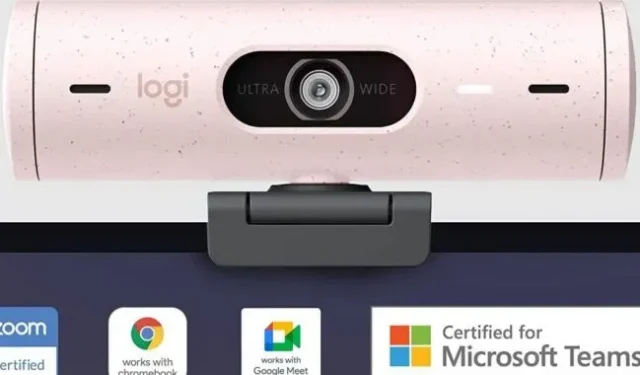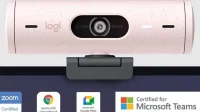In January, Logitech made a peculiar announcement.
The company is proud to announce that its MX Master 3S wireless mouse, as well as several other peripherals, are certified to work with Intel Evo laptops. (Evo laptops are Intel-certified premium ultra-light devices that meet certain criteria, such as providing at least eight hours of battery life with a QHD display.) Imagine my shock when I realized I had been using this very mouse with a Dell XPS 13 (Evo laptop) for almost eight months without Intel’s blessing.
Of course, even before the mouse got Intel’s approval, I enjoyed hours of trouble-free use. The same can be said for every functioning USB webcam I have ever connected to a computer. But that hasn’t stopped countless peripheral manufacturers from claiming their devices are certified for Google Meet, Microsoft Teams, and Zoom.
And while we’re at it, what’s the point of the Works With Chromebook certification program? Chromebooks are famous for their simplified ChromeOS operating system. Does anyone really need proof, beyond the specified ChromeOS support, that a mouse, keyboard, or webcam will work with a $200 Chromebook?
At best, peripheral vendor certification programs simply provide support for something that is almost certainly a given. At worst, these programs can potentially lead newbies to believe that a PC accessory won’t work with their system just because a tech giant like Intel or Google hasn’t said it outright.
Do these programs have any value for tech-savvy users or IT managers, or are they all just marketing programs in disguise? I spoke to Intel, Google, Microsoft, and Zoom about their peripheral certification procedures to find out.
Most companies have specific requirements for their PC accessory certification programs, but most don’t share this information with the general public. But you might be pleasantly surprised by how some of these programs test PC peripherals. No, you don’t need Intel to tell you that the mouse will work with an expensive laptop using one of its processors, but the Evo stamp requires useful features to be enabled, such as a confirmed Bluetooth range of at least 32.8. feet – and it can bring an enhanced experience beyond basic compatibility.
However, companies are relatively silent about these requirements. Not only does this give the impression that brands are unnecessary marketing gimmicks, but it also reduces the value they can provide to tech-savvy consumers.
Other reality checks
PC peripheral certification programs have always existed. When certification requires a product to meet rigorous standards designed for real potential use cases, it offers demonstrable value. A well-planned review scheme can help end users and even IT teams identify niche or power user products, establish a testing framework, and draw attention to critical features and functions.
Standards or certification programs created jointly by various industry experts and companies, such as the VESA DisplayHDR or ClearMR monitor certifications, the USB Developers Forum (USB-IF) standards, or the PCIe standards of the Peripheral Component Interconnect Special Interest Group, detailed features and performance not otherwise given.
But unlike industry standards, the programs we’re about to discuss—programs from Google, Microsoft, Intel, and Zoom—are controlled by a single technology company and emphasize the compatibility of a peripheral with one of the company’s specific platforms.
These programs may resemble the Apple MFi program, but this certification does not apply to computer peripherals. Apple products also have a history of poor interaction with other third party products, so there is a more obvious need for an MFi program, even if that need is self-inflicted.


